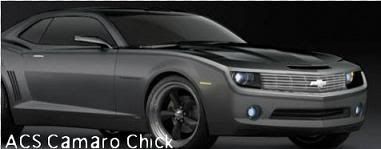You are browsing camaro5 

 |
|
|
#1 | |
|
I used to be Dragoneye...
|
Another, albeit old, Camaro Article!!!
I'm sorry it's long, but this grabbed my attention:
Quote:
Quote:
|
|
|
|

|
|
|
#2 |
|
Chevrolet Enthusiast
Drives: 2011 Camaro SS ;) Join Date: Jun 2006
Location: Bowling Green, Kentucky
Posts: 807
|
      GREAT find!!! Got some great info in there!
__________________
 |
|
|

|
|
|
|
|
 |
|
|
 Similar Threads
Similar Threads
|
||||
| Thread | Thread Starter | Forum | Replies | Last Post |
| GM memo to dealers | Moose | 5th Gen Camaro SS LS LT General Discussions | 41 | 02-04-2010 07:33 PM |
| Official Camaro Convertible CONCEPT Press Release | Tran | Camaro Convertible Forum | 12 | 11-18-2009 07:05 PM |
| Detroit News panel wants GM to build Camaro concept | Tran | 5th Gen Camaro SS LS LT General Discussions | 12 | 03-15-2009 04:38 PM |
| Article: Driving the Camaro Concept Towards Production. | Tran | 5th Gen Camaro SS LS LT General Discussions | 1 | 03-04-2009 12:17 PM |